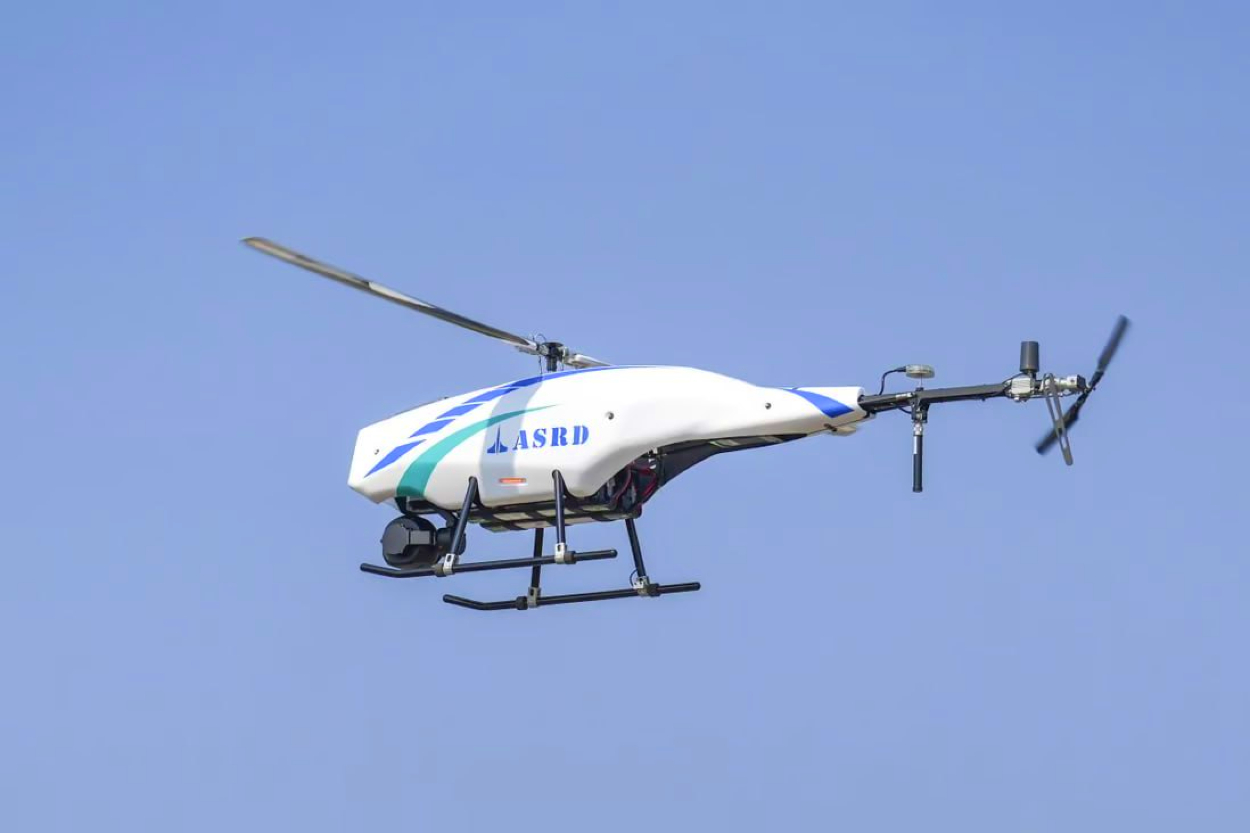Taiwan will equip its close-range tactical reconnaissance rotor drones with a laser targetting system and ammunition drums. This could help them combat the Chinese People’s Liberation Army (PLA) during a conflict.
YOU MAY LIKE: Red Hawk: Why Boeing-SAAB T-7A Aircraft Could Emerge As Biggest Competitor To China’s JF-17, US F-16 Fighters
Based on the reports about the project and the description of the drone’s capabilities, it can be concluded that the Unmanned Aerial Vehicle (UAV) will come in handy while repelling amphibious landing operations of PLA troops on Taiwanese beaches.
If the war escalates, the drones can be used in the ensuing urban combat in Taiwan’s cities between the Republic of China (ROC) ground forces and the People’s Republic of China’s (PRC) PLA.
China-Taiwan Tensions
Concerns over the possibility of a conflict breaking out across the Taiwan Strait have been the highest over the last year since the PLA held unprecedented live-fire drills around the island following former US House Speaker Nancy Pelosi’s visit to Taipei in August.
Beijing saw the trip as an unofficial violation of the One China policy and Washington’s attempt to encourage Taiwan’s independence forces.
The US periodically announces its adherence to the One China policy, where it recognizes the PRC as only China and Beijing as the representative of the Chinese nation. It, however, has remained a strong supporter of Taiwan and its largest arms supplier despite the absence of formal ties.
Most countries, including the US, do not recognize Taiwan as an independent state but oppose a change of status quo by force. The PRC, however, perceives this position as forcing it to assimilate Taiwan militarily and create tension despite it officially promoting the ‘Peaceful Reunification’ doctrine.
Drones To Be Retrofitted With Lasers & Ammunition
According to the South China Morning Post report, the military had ordered 50 tactical drones worth US $25.1 million from the government-funded National Chung-Shan Institute of Science and Technology (NCSIST), the island’s top weapon builder.

Fourteen of them were delivered in 2022, and 36 were delivered in 2023. The military has asked the manufacturer to equip helicopter-like drones with combat capabilities. While the drone has not been identified with a name, pictures on the open-source internet show the letters ASRD on its body.
The drones were originally designed for battlefield reconnaissance and surveillance missions. “The institute is in the process of customizing the drones, with some of them being fitted with the laser target system and others with the ammunition system,” CNA quoted an unnamed military source as saying.
In its current unaltered form, the rotor drone is 180 centimeters long, 39 cm wide, and 55.7 cm high and can reach a maximum speed of 64 kilometers per hour and a maximum altitude of 1,500 meters. Weighing 25 kilograms, it can withstand Force 6 winds on the Beaufort Wind Scale and has a battery life of 60 minutes.
The drones – to be used by joint combat units for near-sea and urban reconnaissance – have a flight time of up to 60 minutes and a remote-control distance of up to 30 km (18.6 miles).
It was first unveiled in January 2023 at a military demonstration, during which the army revealed that service members only needed two weeks of training to become drone pilots, with refresher courses scheduled every two years.
The laser system would enable operators to accurately lock onto targets and transmit the coordinates back to an army base. A drone with an ammunition system could respond to unexpected attacks while on a reconnaissance mission by dropping up to eight rounds of 60mm mortars.
Lasers are generally used to ‘illuminate’ targets for air-to-ground munitions with laser seekers to lock on to. This means Taiwanese defenders could plan to strike with their fighter bombers and helicopters, with such aerial assets running into numerically superior Chinese air power.
Lessons From Ukraine?
How ammunition drums carrying the mortars would function is, however, unclear. A drone or any aerial or ground asset would rather be better placed to either fire with projectile munitions or take evasive maneuvers and leave the area upon coming under fire.
To drop mortar rounds after being detected would be even more dangerous since the UAV will have to further fly over the adversary, bringing it within even clearer range.
Possibly, as is happening in the Ukraine war, the Taiwanese defenders envisage sneak attacks on Chinese ground troops by silently flying the drones overhead and dropping mortar rounds.
Ukraine and then Russia have extensively employed civilian drones retrofitted with small bombs with makeshift fins to drop them on enemy troops fighting in trenches and open hatches of tanks. Several dozen of videos from both sides have captured the tactic.
- The author can be reached at satamp@gmail.com
- Follow EurAsian Times on Google News